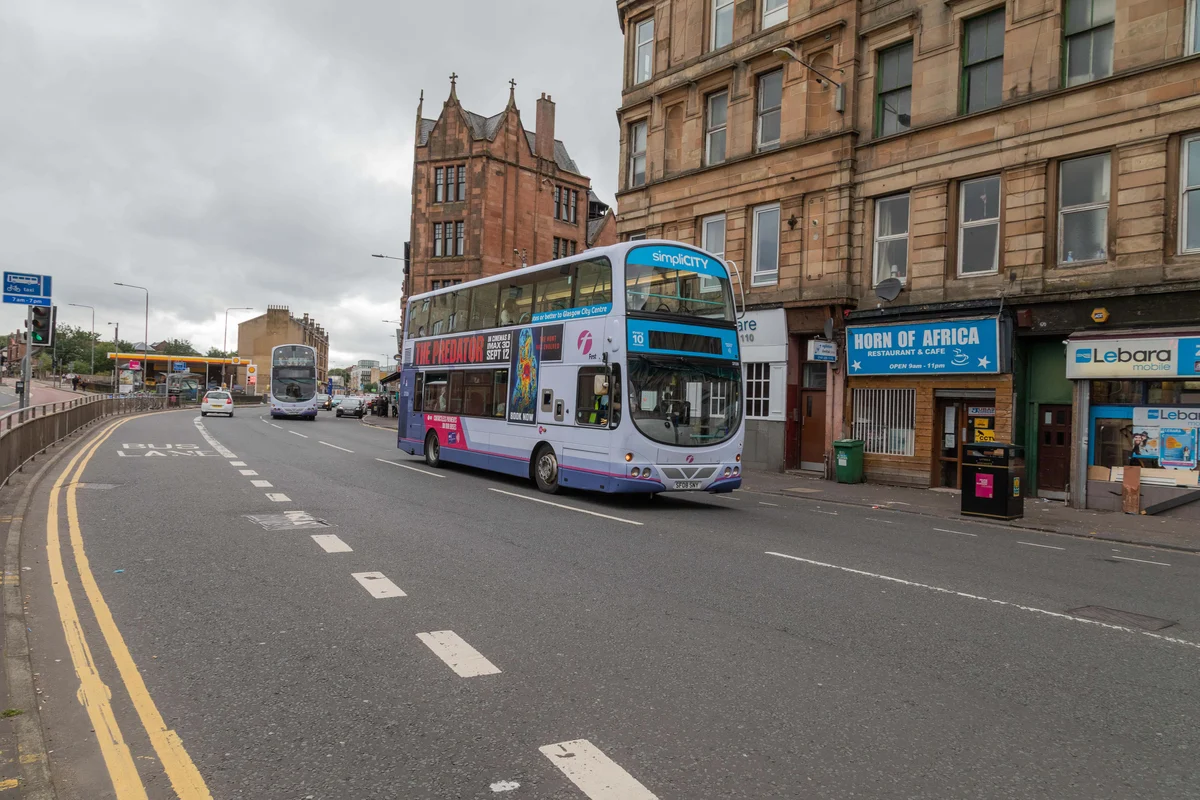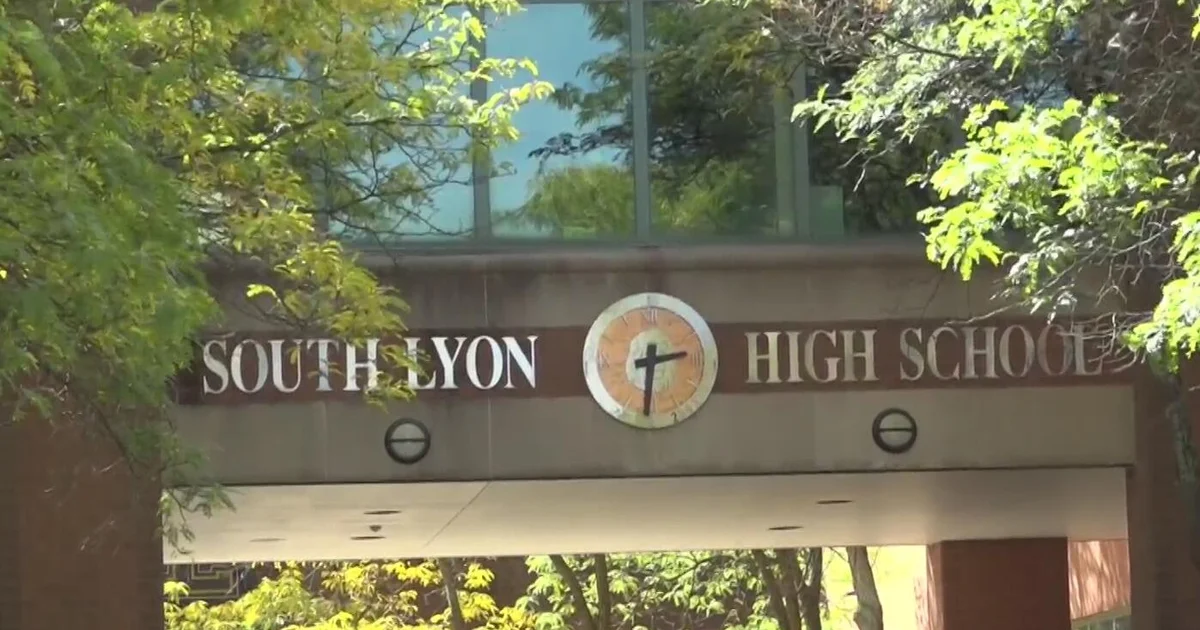
A period of consolidation has settled over Joby Aviation NYSE: JOBY stock. After a powerful summer rally that sent shares soaring to an all-time high of over $20, the price has pulled back to a sideways trading range around $14, leaving many investors to wonder what comes next. While the stock chart has been quiet, the company’s execution has been anything but…
This market pause starkly contrasts the company’s decisive operational progress. In the span of a single business week, Joby executed two back-to-back strategic moves that have fundamentally accelerated its go-to-market plan. This has created a potential disconnect between the company’s improved intrinsic value and Joby’s current stock price, an imbalance rooted in how Wall Street analyzes, or in this case, fails to analyze, transformative technology.
The One-Two Punch That Solved Joby’s Biggest Hurdles
In early September, Joby delivered a powerful one-two punch of strategic wins that directly addressed two of the biggest questions for any pre-revenue company: where will the customers come from, and when will revenue begin?
The first punch landed on Sept. 10, when Joby announced a plan to integrate the services of its newly acquired Blade subsidiary directly into the Uber app. This move immediately unlocks the Blade acquisition’s value, providing a direct pathway to Uber’s massive global customer base. It solves the customer acquisition challenge by tapping into an existing network and building the commercial and technical pipes ready for Joby’s own quiet, electric aircraft upon certification.
By acquiring Blade, Joby didn’t just buy helicopters. It also bought a turnkey operation with dedicated terminals at key locations like JFK and Newark airports, a proven customer base that flew over 50,000 passengers in 2024, and a decade of invaluable operational expertise.
The second punch followed just two days later, announcing Joby’s planned participation in the White House’s eVTOL Integration Pilot Program (eIPP). For investors, this is a significant regulatory de-risking event. The program is designed to create a government-sanctioned fast-track for mature eVTOLs to begin limited commercial operations in select U.S. markets ahead of complete, final FAA type certification.
This directly addresses timeline risk, the biggest concern for any pre-revenue company, by creating a potential shortcut to generating revenue sooner than previously modeled. With projects set to be chosen within 180 days, this is a significant near-term catalyst.
Why Wall Street’s Playbook Is Broken for Joby
Given these two powerful catalysts, the stock’s consolidation presents a puzzle. The answer lies in a classic disconnect between a company making fundamental progress and the structural limitations of how Wall Street is built to analyze it.
The company’s current stock price of around $14 stands in sharp contrast to Joby’s analyst community’s consensus price target of $10.50. This gap exists because traditional analyst models struggle to keep pace with a company building a new industry.
Standard valuation metrics are irrelevant, and the primary tool left, a Discounted Cash Flow (DCF) model, requires making huge, conservative assumptions about revenue that is still years away.
These new catalysts have potentially pulled that revenue timeline significantly forward, but Wall Street’s models are often slow to reflect such a dramatic shift.
Furthermore, analysts are often professionally reluctant to get ahead of regulators, especially in highly regulated industries like the aerospace sector.
They wait for official confirmation of major milestones before fully baking them into their models, creating a natural lag window of opportunity for investors. This structural delay is not a flaw but a feature of investing in transformative technology.
However, not all of Wall Street is waiting. In early August, Canaccord Genuity Group lowered its rating from Buy to Hold while increasing its price target to $17.
This illustrates the lag in the Wall Street model and suggests that some firms are starting to acknowledge what analysts call a “waterfall of de-risking events.” This situation presents an opportunity for investors who prioritize operational milestones to identify value before it is fully recognized in the lagging consensus.
A Stock in a Holding Pattern, A Company at Full Throttle
Joby’s business has taken two fundamental leaps forward, yet its stock price has been treading water. This disconnect is explained by the inherent conservatism of traditional valuation methods when faced with a rapidly evolving, disruptive technology company.
The company’s progress, however, shows no signs of slowing. The next major catalyst is the series of public demonstration flights scheduled to begin on Oct. 1 at EXPO 2025 in Osaka, Japan.
This high-visibility global event will put Joby’s operational leadership on full display in a key international market, potentially forcing a broader market re-evaluation. The consolidation offers a strategic opportunity for investors to act on these powerful new catalysts before the next wave of operational proof closes the valuation gap.
Should You Invest $1,000 in Joby Aviation Right Now?
Before you consider Joby Aviation, you’ll want to hear this.
MarketBeat keeps track of Wall Street’s top-rated and best performing research analysts and the stocks they recommend to their clients on a daily basis. MarketBeat has identified the five stocks that top analysts are quietly whispering to their clients to buy now before the broader market catches on… and Joby Aviation wasn’t on the list.
While Joby Aviation currently has a Hold rating among analysts, top-rated analysts believe these five stocks are better buys.



